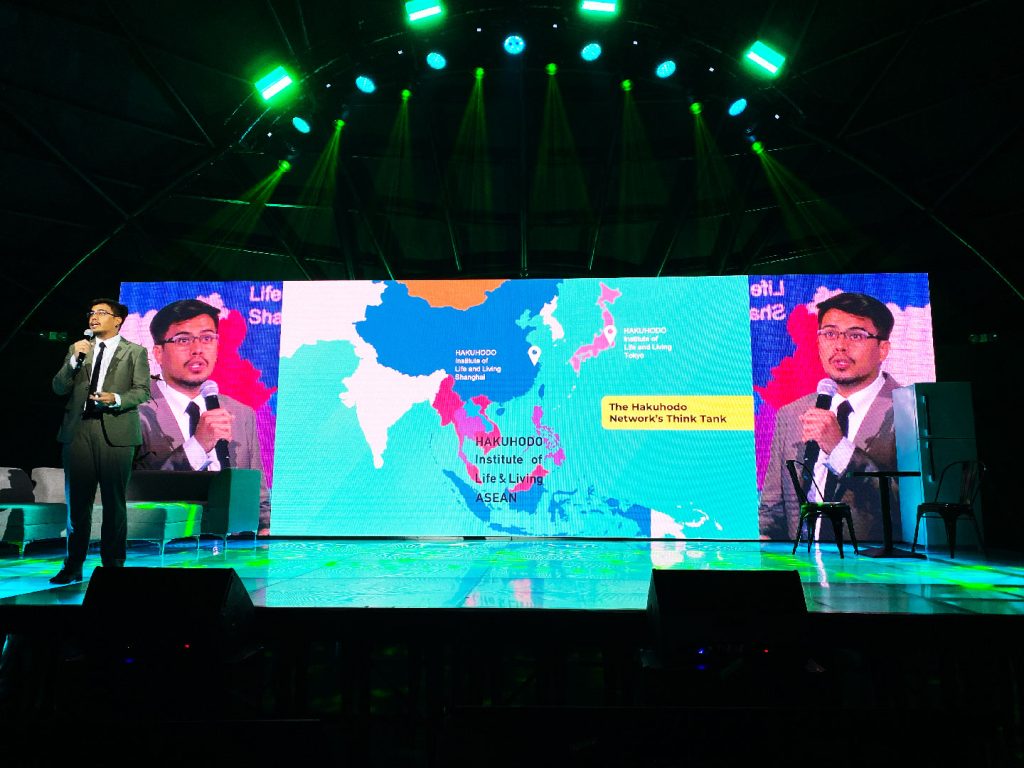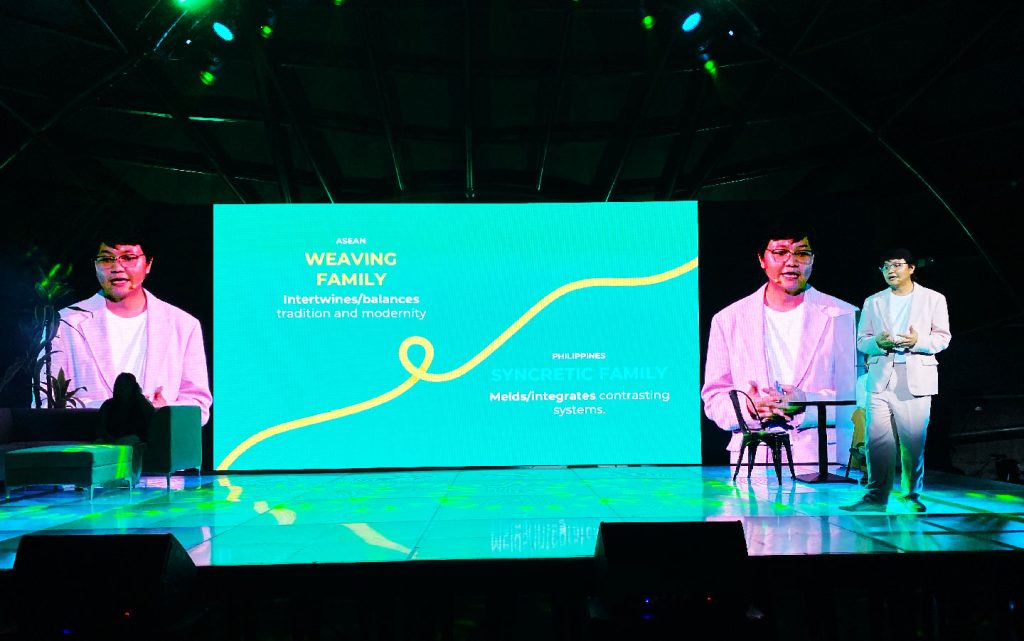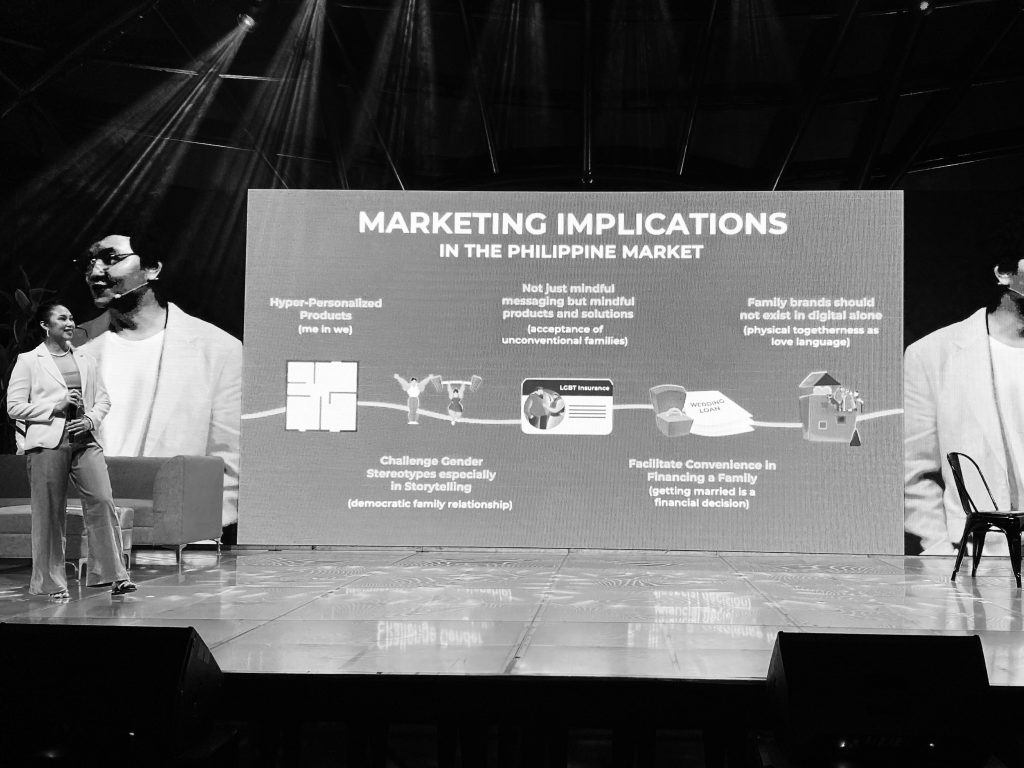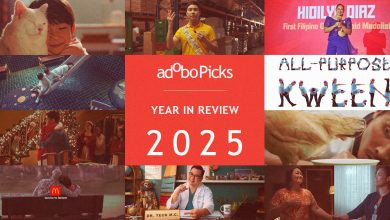MANILA, PHILIPPINES — Hakuhodo Institute of Life and Living ASEAN (HILL ASEAN) presented its annual research on ASEAN sei-katsu-sha, Hakuhodo’s term for the “living person,” with this year’s focus on the ASEAN Family. The talk was held on September 26 at Samsung Hall BGC, Taguig City.
According to IDEASXMACHINA Group of Hakuhodo CEO Jedd Ilagan, “Hakuhodo’s sei-katsu-sha philosophy emphasizes viewing individuals as whole people with their own lifestyles, aspirations, and dreams, rather than simply as consumers. This holistic perspective allows the development of more targeted and impactful campaigns.”

This contrasts with sho-hi-sha, the traditional view of people as mere consumers.
HILL ASEAN, founded in 2014, celebrated its 10th anniversary by presenting a study titled “A Decade of Shift in ASEAN Families” on how the ASEAN family has evolved. In collaboration with Hakuhodo International, the study presented attitudes and behaviors in six ASEAN countries — Thailand, Indonesia, Vietnam, the Philippines, Malaysia, and Singapore — with a focus on key insights on Filipino families presented by IdeasXMachina Advertising (IXM).
What do Filipino families look like today?
Imagine this: It’s a sunny Sunday in Manila. You’re sitting around the dining table with your family, sharing a meal and stories. This might seem like a typical scene, but the Filipino family is undergoing big changes.
Remember the multi-generational households of the past? They are now giving way to smaller families as the new norm. Nowadays, it’s more common to find families with just two or three kids. This is partly because of the increasing cost of living and the desire for a better quality of life. 70% of Filipinos expect fewer children in their households.



But bonds are becoming even stronger. Couples are sharing responsibilities more equally, both financially and in terms of childcare, reflecting the changing roles of men and women in Filipino society.
The definition of family is expanding to be more inclusive. It’s no longer just about blood relatives. Pets, close friends, and even roommates are now considered family. A significant portion of Filipinos include pets in their definition of family, showcasing the growing importance of social connections beyond immediate relatives.
While some traditions, like respect for elders and strong family ties, remain important to Filipinos, they are also embracing new ideas. Personal happiness and fulfillment are increasingly valued, even when achieved away from childhood homes. This distance is now seen as a healthy one. This also means there will be more single-parent households or LGBTQ+ families, as well as dual-income households with no kids.
This shift reflects the broader trend of Me in We in ASEAN countries. As economies have grown, individualism has increased, and respect for individuality has grown.
A Syncretic Family and The Weaving Family
Two distinct family models have emerged in this study: the Syncretic Family and the Weaving Family.

The Syncretic Family is defined as the current Filipino family. It is described as the continued adherence and preference for traditions while simultaneously adopting new, sometimes contrasting beliefs and practices.
While we may embrace unconventional family structures, we have managed to preserve the core values that have shaped our identity. We prioritize individual happiness, but we also recognize the importance of family unity.
Though we idealize the traditional family structure, we are open to new ways of defining family. Despite prioritizing fewer children, we maintain a broad definition of family. This adaptability and balance between tradition and modernity are defining characteristics of the Syncretic Family.
As Third Domingo, Chief Network Officer of Hakuhodo International, President and Chief Creative Officer of Hakuhodo International Philippines, and founder and Chairman of IdeasXMachina Hakuhodo put it, “Family is like branches in a tree, growing in different directions but always rooted in love.”


The Weaving Family is a familial dynamic present in other ASEAN countries. It emphasizes family members’ interconnectedness and resilience.
Unlike the Syncretic Family, which emphasizes individual growth and development, the Weaving Family focuses on the collective strength and support found within the family unit. Each member is like a thread that contributes to the overall fabric of the family. This strong bond provides a sense of security and protection in today’s uncertain ASEAN society.
“A Train of Memories,” the commercial by Hakuhodo features a father-daughter relationship evolving over twelve years as they commute to work and school on the same train on the Sotetsu Line.
What is it for businesses and advertising practitioners?
For businesses and advertising practitioners, it’s important to view these findings as a tool to see people as individuals with distinct lifestyles, not just as consumers.
Based on these insights, here are some implications for the Philippine market:
1. Hyper-personalized products
The growing demand for highly personalized products extends beyond mere convenience. As target markets and family structures become increasingly diverse, generic products and services struggle to meet their specific needs. To address this, modularity offers a solution. Modular products, such as vehicles with customizable settings or real estate with adaptable layouts, can be tailored to individual preferences and family dynamics. This personalization enhances customer satisfaction and increases the likelihood of sales and long-term loyalty.
2. Challenge gender stereotypes, especially in storytelling
To challenge gender stereotypes by using storytelling, brands can showcase a wider range of roles and behaviors. For example, highlighting male athletes in traditionally female sports, like gymnastics, and female athletes in traditionally male sports, like weightlifting, can inspire people to disregard outdated gender norms. Additionally, they can feature male caregivers and female police officers in advertisements and media to promote gender equality.
When it comes to everyday tasks, such as changing diapers or changing tires, we should avoid targeting products exclusively to one gender.
Done by IXM Hakuhodo, the commercial shows a father with a very masculine and rockstar vibe promoting the cooling effect of the diaper.
The pandemic has shown that household roles are becoming more shared, with both men and women contributing to childcare and other domestic tasks. By featuring both men and women in these roles, brands can challenge the notion that certain tasks are exclusively associated with one gender.
Furthermore, creatives can encourage brands to feature individuals of all genders in their marketing campaigns. For instance, men can endorse skincare products, and women can endorse car accessories. This helps to break down stereotypes and remind people that anyone can use or enjoy any product, regardless of the gender.

3. Not just mindful messaging but mindful products and solutions
To effectively market to unconventional families, brands must be mindful not only of their messaging but also of the products and solutions they offer. In a culture that values extended relationships, brands should focus on solutions that emphasize emotional closeness and support. For example, products or services that cater to roommates, pets, or LGBTQ+ couples can demonstrate a brand’s commitment to inclusivity. By offering products and services that resonate with the unique needs and experiences of these families, brands can foster stronger connections with their target audience.
4. Facilitate convenience in financing a family
To support families financially, brands can offer convenient and accessible financing options. This includes products like pet insurance for those who are not ready to have children, LGBTQ+ inclusive insurance options, and financial planning tools for couples considering marriage. By addressing the financial challenges faced by Filipino families, brands can demonstrate their commitment to their well-being and create stronger relationships with their customers.
5. Family brands should not exist in digital alone
Family brands should prioritize physical presence and shared experiences to establish strong connections with their target audience. While digital marketing can be effective, there’s no substitute for face-to-face interactions. Families create their most meaningful memories together in person, and brands that can facilitate these experiences will have a lasting impact.
For example, family brands can organize in-person events like:
- Family dining experiences: Offer incentives for families to dine at your store instead of opting for takeout.
- Family test drives: Allow families to experience your products together, such as test driving motorcycles or visiting model homes.
- Experiential family events: Create memorable experiences that families can share, such as cultural events or branded family spaces.
By providing opportunities for families to connect and create lasting memories, family brands can differentiate themselves from competitors and build a loyal customer base.
“Remember that our role as marketers is not just to inform but to transform,” emphasized Gemma Alcantara, Chief Operations Officer of Hakuhodo International Philippines and Chief Executive Officer of Hakuhodo BCI. “We need to transform our actions, our work, and the purpose of our brands in the lives of our target market.


“Behind the data and graphs are the hearts and souls of human beings. Our brands should be empowering and uplifting.”








